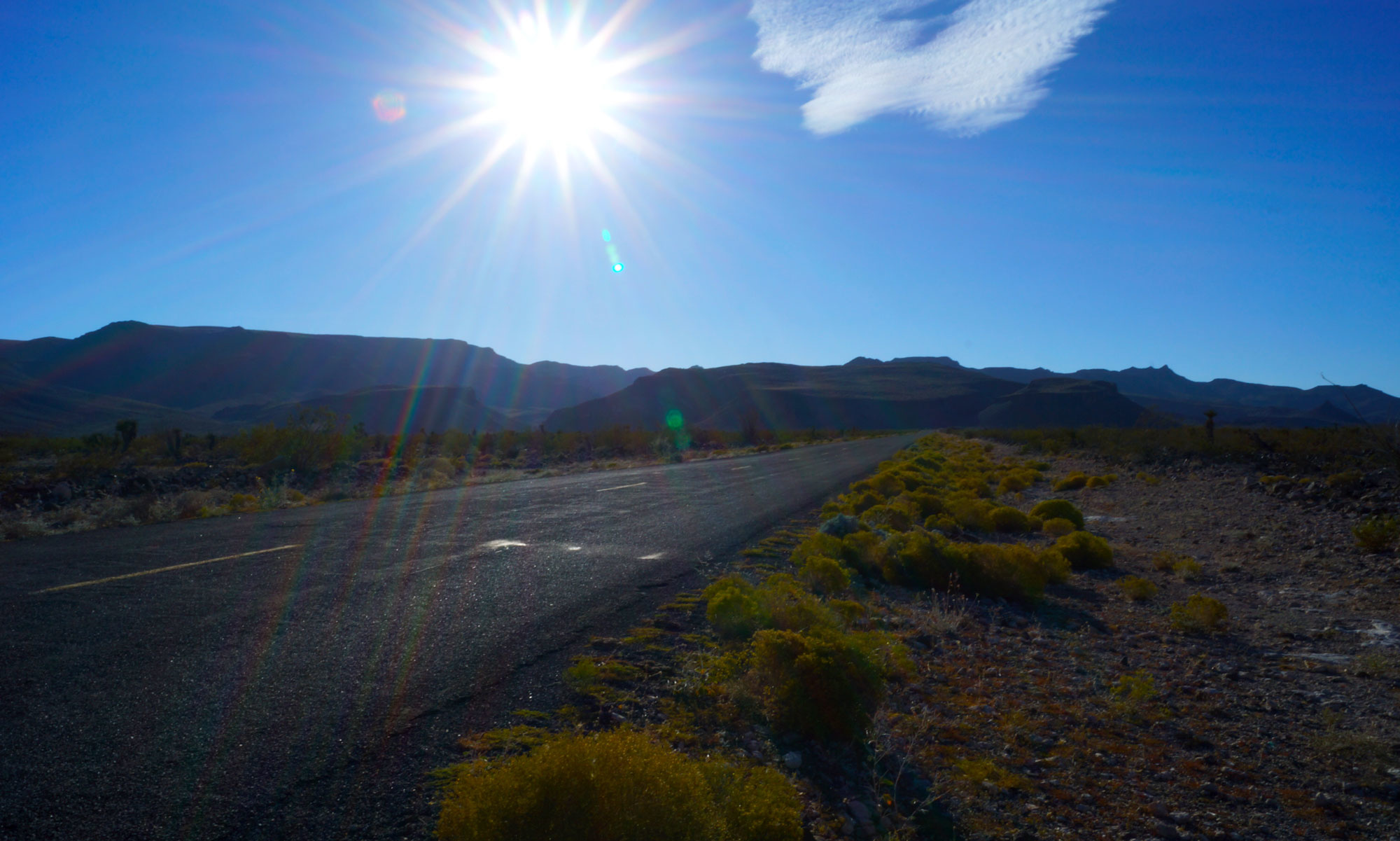
When senior Pontiac engineer John DeLorean slipped a 389 cubic-inch V8 engine into the mid-sized Pontiac Lemans Sport Coupe in the fall of 1963, he almost singlehandedly ushered in the muscle-car era. Muscle cars captivated the American imagination and became symbolic of 1960s prosperity and American dominance internationally. These cars are often associated with Route 66 as a symbol of a simpler time of fast cars, fun road trips, and the American good life. However, Route 66 and muscle cars are not as closely related as current American Route 66 nostalgia would make it seem.
The muscle car as a thing almost did not happen. In 1963, GM banned corporate participation in racing events, and large displacement engines as standard engines in smaller cars. While evaluating prototypes for the new 1964 model line, DeLorean and a group of senior engineers noted that a large displacement V8 would fit into the new mid-sized Pontiac Lemans. There was only one problem: the corporate large displacement engine ban. Undeterred, DeLorean found a work-around by making the engine optional. The GTO performance package option, first available on 1964 Pontiac Lemans Sport Coupes, placed the large displacement 389 cubic-inch V8 and a four speed into the relatively light Lemans and the muscle car was born. The formula would be copied by Ford in the summer of 1964 when they unveiled the Mustang and ushered in the first pony car. GM would follow suit in 1967 with pony cars of their own, the Pontiac Firebird and Chevrolet Camaro. By the late 1960s, all American automobile manufacturers were offering muscle cars with the 1969 to 1971 models representing the peak of muscle car performance and style.

A number of factors brought the muscle car era to a rapid close in the early 1970s. Rising concerns about pollution led to a ban on leaded gasoline. Beginning in 1972, all new cars were required to be able to run on unleaded fuel with the complete phase out of leaded gasoline for new cars planned for 1975. The elimination of lead, an engine knock suppressor for high-compression engines, led to a drastic reduction in engine fuel compression ratios and horsepower. It also became increasingly difficult to insure muscle cars as most major automobile insurance companies began requiring expensive muscle car riders on automobile policies. However, the oil embargo of 1973 and subsequent gas shortage probably did the most to hasten the end of the muscle car, as a now low-performance, big engine car that got bad fuel economy became particularly unattractive.

Despite the relatively short run of classic muscle cars from 1964 to 1971, the muscle car has become closely associated with Route 66 nostalgia. The highway itself came into existence in 1926 and had been a federal highway for almost 40 years before the first muscle car arrived, and yet Route 66 nostalgia does not often traffic in automobiles from the 1920s or the 1930s. Another simple fact makes the muscle car association with Route 66 even more questionable. By the time the first muscle car arrived in 1964, interstate highway construction had been in full-swing for eight years and large portions of Route 66 were already gone. By 1969, arguably the height of the muscle car era, Route 66 was almost completely eliminated in many of the states it used to run through. The eastern half from Illinois to Missouri had been the first part to be replaced. Even in the southwest, by 1969, Route 66 was largely gone in Oklahoma and New Mexico. The portion through northwestern Arizona and the Mohave desert in California was the largest section remaining.
The association between muscle cars and Route 66 nostalgia may have more to do with nostalgia itself than with any actual association between muscle cars and Route 66. Nostalgia for Route 66 began developing in the late 1980s after the road was completely replaced and decommissioned. This was around the same time the oldest Baby Boomers were entering middle-age. The association may be more a conflation of different elements of postwar Anglo-White memory melding into nostalgia for a “never was” version of Route 66 where unencumbered powerful muscle cars freely roamed down the open road.
The reality of postwar Route 66 was a narrow highway jammed with too many cars resulting in slow and dangerous travel. Route 66 garnered the stark nickname “Bloody 66” due to the high volume of serious traffic accidents on the road, particularly in the American West. After all, there was a reason the United States spent billions of dollars building the interstate highways. Ironically, on the few remaining abandoned but drivable portions of the old road, motorists in classic muscle cars can live out the “never was” nostalgia version of Route 66 since all the other motorists are duking it out on the interstates.
